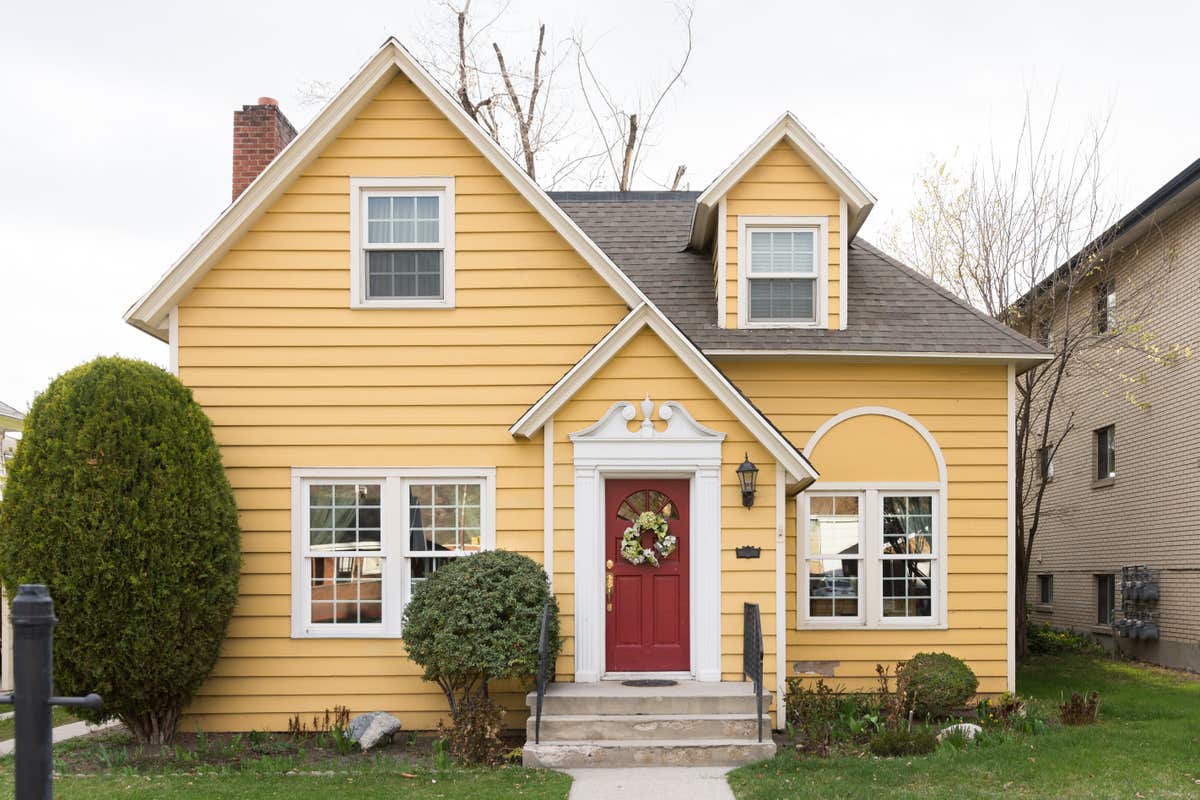What is a balloon payment?
A balloon payment is a large sum due as the final installment on a loan that’s higher than any other scheduled payment. By definition, balloon payments only need to be double what the regular monthly payment is, but they can be significantly higher. Balloon payments on mortgages can lead to a final installment of tens of thousands of dollars.
When do people get balloon loans?
As we already mentioned, people can also get mortgages with balloon payments. However, balloon payments are much more common in business, particularly when a business owner needs short-term financing. People may also choose a car loan with a balloon payment.
Borrowers may opt for a loan with a balloon payment because they want to pay lower installments throughout the life of the loan. This is riskier than choosing other types of installment loans because you can’t know if you’ll have enough cash available to pay it off. In fact, most people who take out loans with balloon payments plan to refinance before the final installment is due.
Balloon mortgages
There are several types of balloon mortgages. Some are interest-only mortgages where the entire balance is due in a lump sum at the end of the term, but others let you pay the interest and balance so your balloon payment is slightly less.
Balloon mortgages can be very attractive if:
- You’re working on improving your credit score.
- You plan to be in the house for only a few years.
- You need to build equity before you refinance.
- You have a high net worth and know you can pay off the balance
While paying a lower bill every month may seem like a good idea, you need to remember that balloon payments don’t lower your overall costs. That’s why balloon mortgages are probably best for people who know they will have the capital to pay off their loan at the end of the term. It’s also why banks generally only offer balloon mortgages to people with very large incomes. Anyone else usually needs to refinance the loan prior to the end of their loan term.
Balloon payment example
Let’s assume you take out a $300,000 mortgage at 3% interest for a 10-year term that pays both principal and interest. At this rate, your:
- The monthly payment is $1,264.81.
- The balloon payment is $229,324.56.
- The total cost for the mortgage is $379,837
At the end of the 10 years, you either have to pay $229,324.56 so you own the house free and clear, or you need to refinance your home to pay the balloon payment.
Pros and cons of loans with balloon payments
People who are trying to afford a house need to understand the pros and cons of a balloon mortgage.
On the plus side, balloon payments:
- Offer lower monthly payments, making the loan more affordable.
- Help you save interest on the balance due.
- Can cover gaps in financing.
However, they also come with some disadvantages. For example, a balloon payment may:
- Increase your chances of defaulting on the loan if lenders won’t refinance when the balloon payment is due.
- Leave you stuck at home if you can’t sell it to meet the demand of the balloon payment.
- Require refinance when interest rates are higher.
Some homebuyers may find that their situation makes balloon mortgages a good bet, but they are few and far between. Before you sign up for any loan with a balloon payment, make sure you understand the risks.

